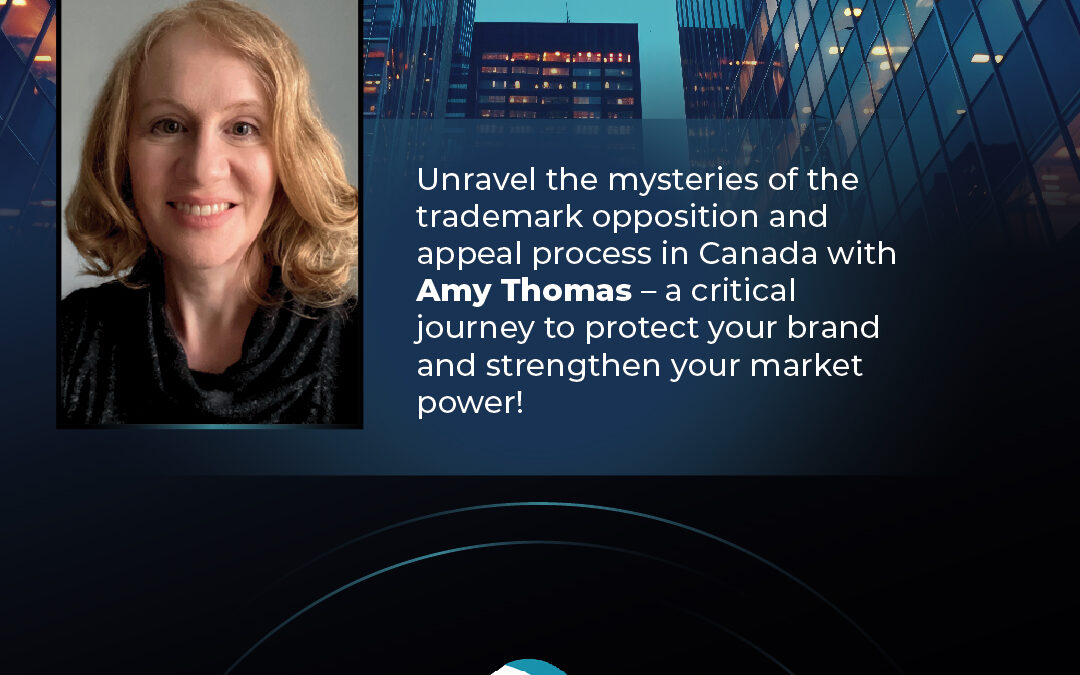
WIPO Member States adopt Riyadh Design Law Treaty
On November 22, 2024, WIPO approved the Riyadh Design Law Treaty. The Riyadh Treaty intends to make the framework for design protection procedures more predictable and affordable. The Treaty seeks to make it easier for designers by providing a pre-defined framework of harmonised features and rules on application requirements and registration procedure.
The Treaty will enter into force after reaching a minimum of 15 contracting parties. It is unknown how many states will adopt it and how quickly they will do it.
What the Treaty will do:
(1) Set a maximum list of indications or elements that designers must submit with an application.
(2) Allow applicants to choose how they represent the design in an application (drawings, photographs or, if admitted by the IP office, video).
(3) Allow applicants to include several designs in a single application, under certain conditions.
(4) Set out requirements for the granting of a filing date.
(5) Provide for a grace period of 12 months following a first disclosure of the design, during which such disclosure will not affect its validity for registration.
(6) Allow applicants to keep their designs unpublished for at least six months after having secured a filing date.
(7) Provide relief measures and offer some flexibility to applicants to prevent them from losing their rights if they miss a deadline.
(8) Simplify the procedure for requesting the renewal of a design registration.
(9) Furthers the introduction of e-filing systems for designs and the electronic exchange of priority documents.
The Treaty will offer technical assistance to developing and least-developed countries to support the implementation of the Treaty, to foster a global design protection.
Moreover, the Riyadh Design Law Treaty expressly interfaces design protection with the protection of traditional knowledge and traditional cultural expressions. This is achieved through a provision under which contracting parties may require applicants to file information on traditional cultural expressions and traditional knowledge relevant to the eligibility for registration of the design.
Design Law Treaty x the Hague System
Both, the Riyadh Design Law Treaty and the Hague System deal with industrial design protection and design patents. However, they have different purposes and a different reach. The Hague System is an international registration system providing protection for designs in multiple jurisdictions from a single international application filed with WIPO. It provides a simplified “process” for registering and maintaining industrial design protection in all desired jurisdictions of the Hague System’s contracting states; by using one application, in one language, and one set of fees. Differently from the Hague System, the Riyadh Design Law Treaty seeks to streamline and standardize the processes and requirements for obtaining industrial design protection, more focused at jurisdictional level, by restricting the maximum number of requirements that all contracting states can impose on design applicants, reducing differences in national and regional design registration procedures.
Hopefully, the Treaty is “designed” to be a great success!



